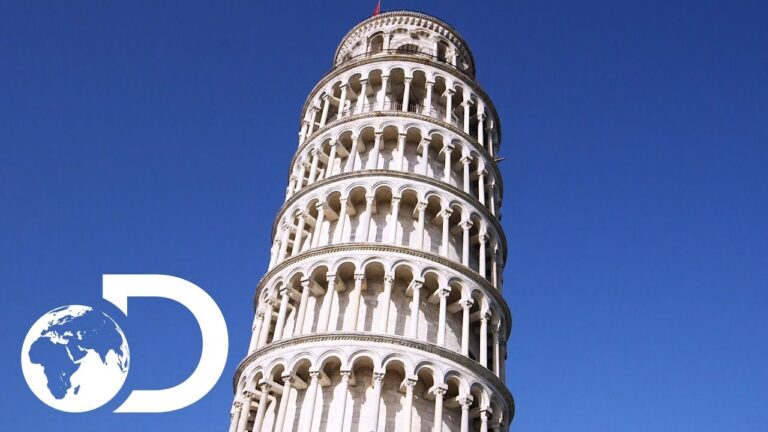Cappadocia Volcanoes: A Brief Overview
Cappadocia, an area in central Turkey, is known for its spectacular volcanic landscape and ancient history. The region is home to numerous extinct volcanoes, which have shaped the landscape and made it an iconic tourist destination. In this article, we will explore the history of Cappadocia’s volcanoes, the features they have created, and the impact they have had on the region.
History of Cappadocia’s Volcanoes
Cappadocia is located on the Anatolian Plateau, which is part of the African Plate. It is a region of tectonic instability, and is surrounded by active volcanoes, such as Erciyes, Hasan Dağı, and Nemrut. The region has experienced several volcanic eruptions over the past few million years, with the most recent being in the 10th century BC.
The volcanic activity in Cappadocia is thought to have begun around 5 million years ago, when the African Plate began to move towards the Eurasian Plate. This tectonic activity caused magma to rise to the surface, forming a large caldera. Over time, this caldera cooled and formed the volcanic landscape that we see today.
Features Created by Cappadocia’s Volcanoes
The volcanic activity in Cappadocia has created a unique landscape. The region is dotted with numerous extinct volcanoes, many of which are now covered in lush vegetation. The volcanic landscape is also characterized by its numerous “fairy chimneys”, tall conical rock formations created by the erosion of volcanic ash.
The landscape is further characterized by its numerous underground cities, which were created by ancient civilizations as a means of protection from invaders. These cities are now a major tourist attraction, and are home to numerous churches and underground tunnels.
Impact of Volcanic Activity on Cappadocia
The volcanic activity in Cappadocia has had a major impact on the region’s history and culture. The region has been an important cultural center since ancient times, and the presence of volcanoes has helped to shape its unique identity.
The region’s numerous underground cities and churches have also been greatly influenced by the volcanic activity. The churches, in particular, have been built to withstand the effects of volcanic eruptions, and are renowned for their unique architecture.
Conclusion
Cappadocia is a region of tectonic instability, and is home to numerous extinct volcanoes. These volcanoes have created a unique landscape, characterized by its “fairy chimneys” and underground cities. The volcanic activity has also had a major impact on the region’s history and culture, and has helped to shape its unique identity.




